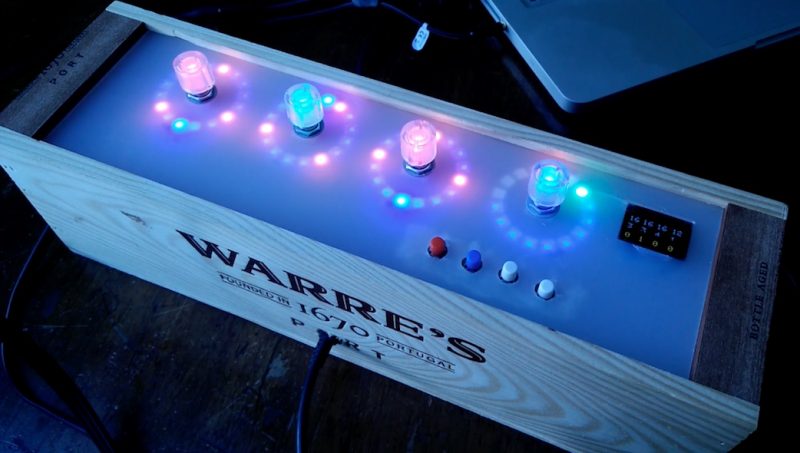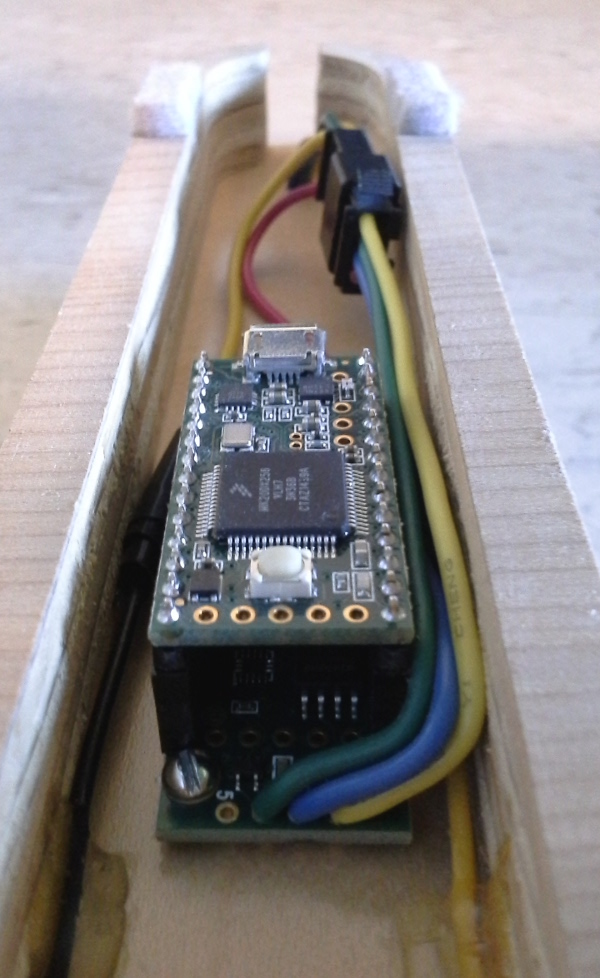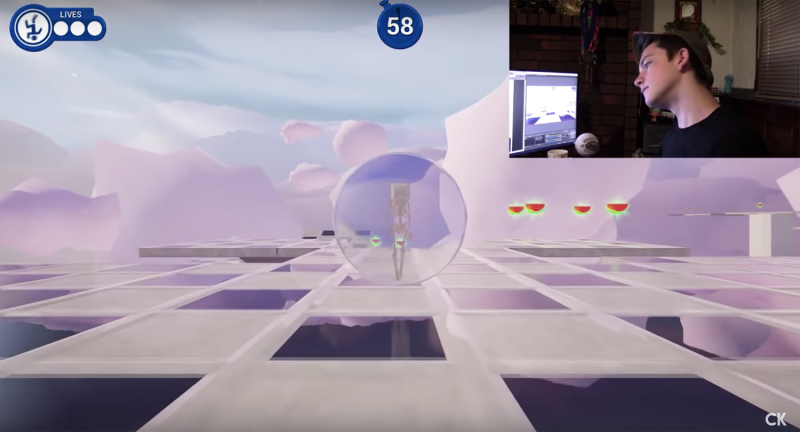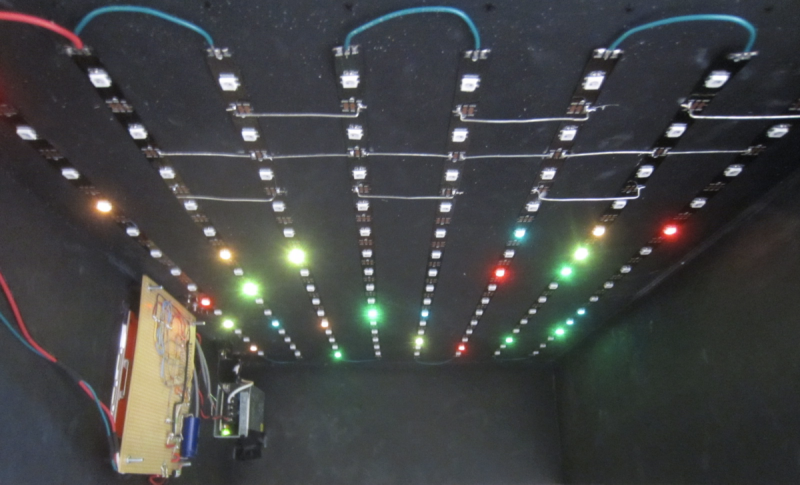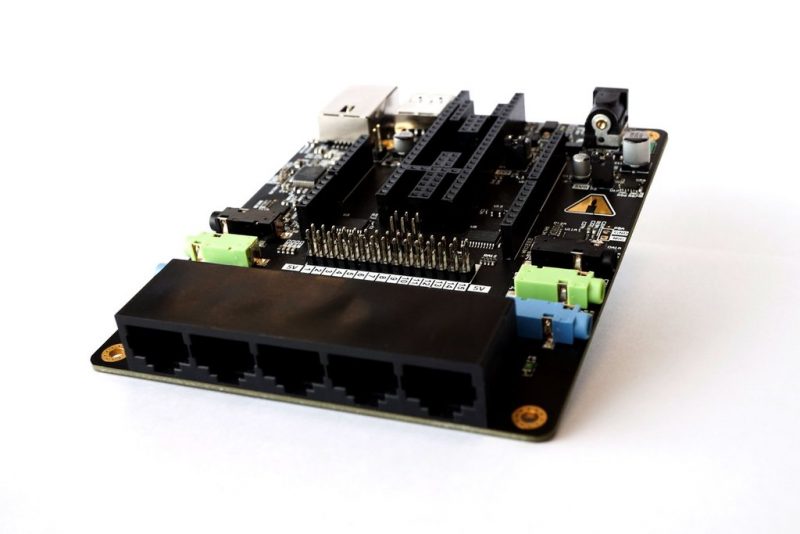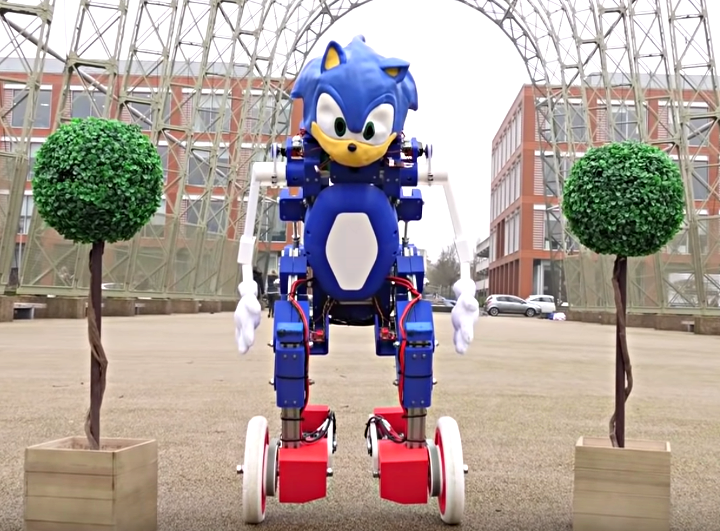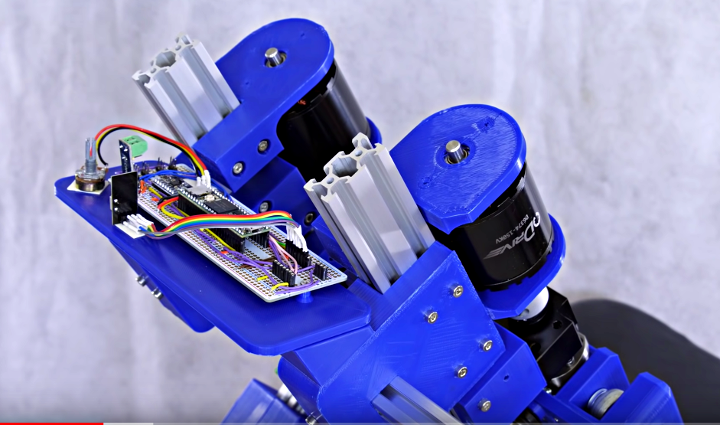Scott over at the Firebrand Forge has updated his spectacular lightsaber build using a Teensy 3.2 and a custom open course FX board.

There are many DIY lightsaber projects out there but Scott from The Firebrand Forge takes his version to the next level. The exterior is beautifully made with a detailed chrome handle and a vibrant, brightly lit blade that can be easily detached. Inside the handle is a Teensy 3.2 and a custom, open source FX board that controls the blade’s visual effects.
You can commission your own electronic lightsaber through The Firebrand Forge website, or if you want to have a go at making your own version, Scott has written up the project in detail, including wiring diagrams, a parts list and code.
You can read an article about this lightsaber at an earlier stage on our blog, or take a look at some more of the project details over at Hackaday.
